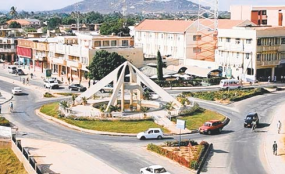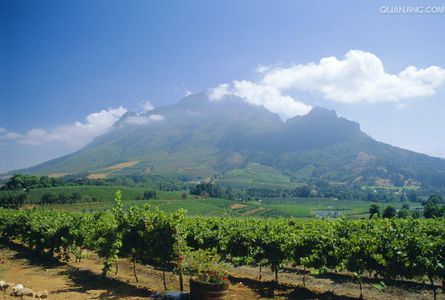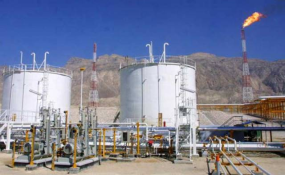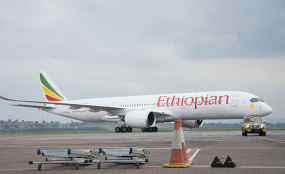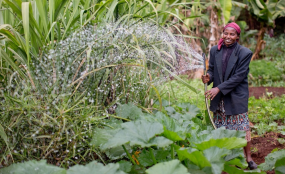By Eunice Kilonzo
Doctors are now training their guns on Health cabinet and principal secretaries, demanding their immediate resignation or sacking.
The doctors Monday said their strike had dragged on because Cabinet Secretary Cleopa Mailu and Principal Secretary Nicholas Muraguri did not have the interest of poor Kenyans at heart.
Prof Omondi Oyoo, a rheumatologist and member of the Kenya Medical Practitioners, Pharmacists and Dentists’ Union demanded the two officials’ replacement “with people who can negotiate with us so that the strike comes to an end”.
He insisted that Dr Mailu and Dr Muraguri were not ready for negotiations.
“Those with the interest of this country at heart should demand for the immediate removal from office of Doctors Mailu and Muraguri,” he said.
“They play games with us then issue offensive press statements.”
The associate professor at the University of Nairobi’s School of Medicine said his peers acknowledged that the government was committed to ending the strike — as President Uhuru Kenyatta met with the union officials in Mombasa early this month — but the two men at the helm of the ministry are out to reverse the efforts.
“But the issue is with the government agents who have been tasked with negotiating with us to end the strike. They are colleagues but have forgotten our plight and look at doctors with contempt,” Prof Oyoo said at Kenyatta National Hospital where doctors convened to address journalists.
The doctors maintained — as they have since the strike began on December 5 — that they would only discuss issues related to the 2013 collective bargaining agreement they negotiated and signed with the government “which is legally binding”.
During an interview on Sunday evening, the cabinet secretary said he would continue talking to doctors’s representatives with the hope of ending the long strike by Thursday.
At the same time, KMPDU Nairobi branch Secretary-General Thuranira Kaugiria said seven of the union members, who are part of the negotiating team with the health ministry, were ready to go to jail for a month for defying a directive to end the strike.
On January 12, the Industrial Court gave the union 14 days to call off the strike. The deadline is January 26, just two days away.
“We are ready to go to prison. We shall escort them to the courts for the ruling and to jail,” Dr Kaugiria said Monday.
“We shall conduct night vigils in the jails for the 30 days they will be held,” he said.
Dr Kaugiria added that KMPDU members would congregate in Nairobi today “ahead of the imprisonment of our leaders”.



